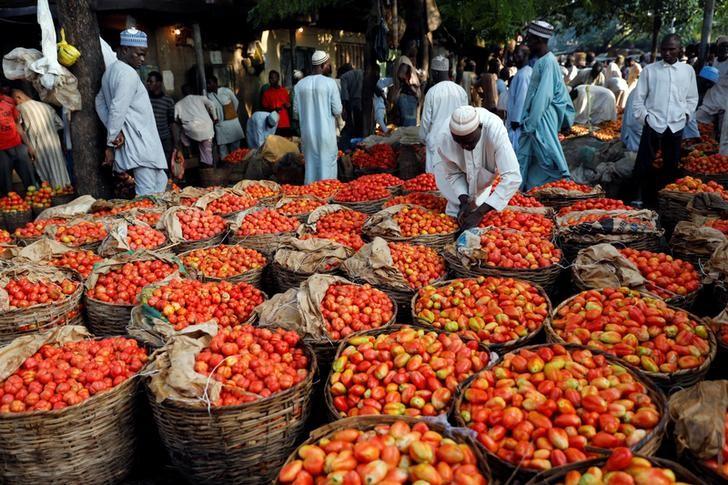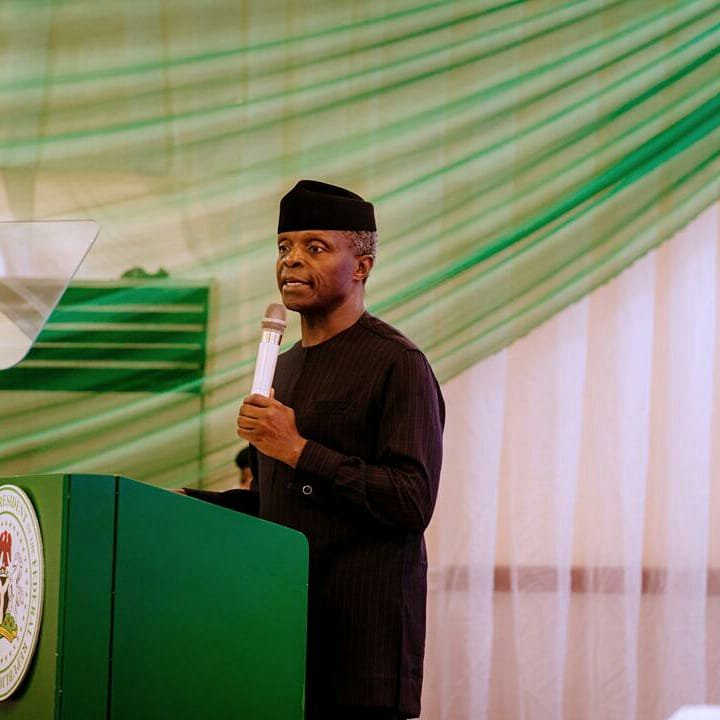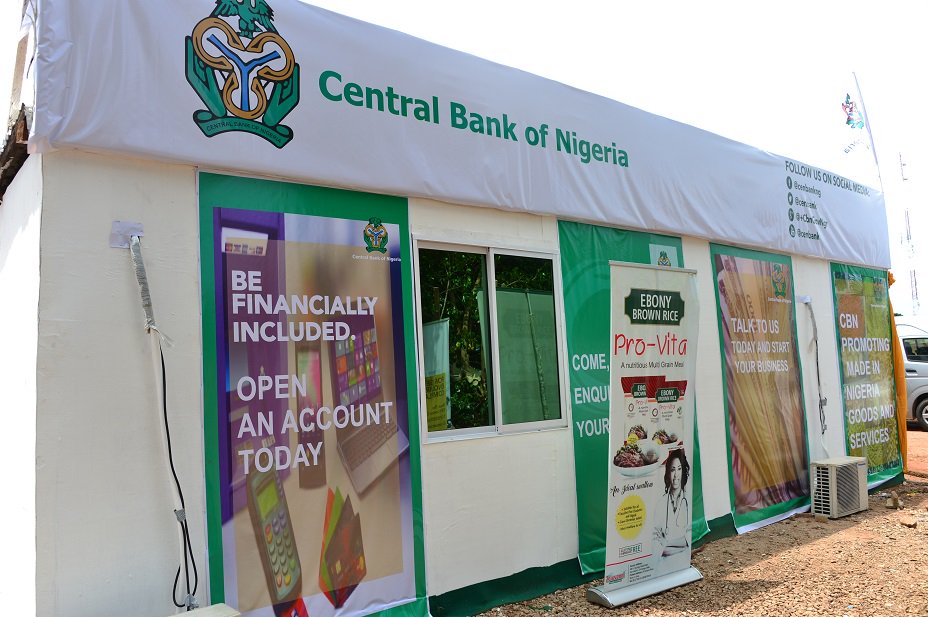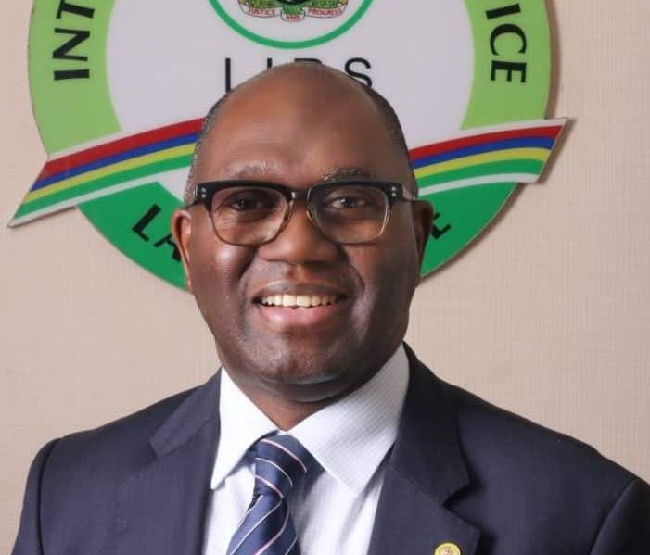Nigeria’s Inflation Rate Jumps Farther From CBN Target To 12.2% In Feb

It is clear that the nation’s economic management team and indeed the Monetary Policy Committee of the Central Bank of Nigeria have their work cut out for them, given the continued spike in inflation data as released Tuesday morning by the National Bureau of Statistics showing that Consumer Price Index jumped 12.2% year-on-year, up in February, from the 12.13% in January.
The MPC begins its second regular two-day meeting for the year on Monday, March 23, 2020, where it will consider measures to address the impact of the Coronavirus (Covid-19) contagion on the global and domestic economy yet and what policy to deploy in order to keep the nation’s markets afloat. Already, the CBN had taken some proactive steps of reducing interest rates on some of its intervention funds, while setting aside fresh N50bn to cushion the effects of the menace on the critical SME sector of the economy. The apex hopes the nation would achieve single-digit inflation someday.
Headline inflation, however, dropped Month-on-Month to 0.79% from 0.87% in the preceding month, even as core inflation galloped to 14.9% from 14.85% in January, while MoM, it slowed down to 0,87% from 0.99%, boosted by the price of bread and cereals, fish, meat, vegetables, oil and fat, according to the NBS report.
Core sub-inflation rose by 9.43%, as against the 9.35% report YoY in January, just as it slowed down MoM from January’s 0.82% to 0.73%.
The urban inflation rate increased by 12.85% in February 2020 from 12.78% in January, while the rural inflation rate climbed by 11.61% in February, as against 11.54% in January; while on a MoM basis, it rose by 0.82%, compared to 0.92% recorded in January, while the rural index also rose by 0.76%, down by 0.07 from the 0.83% rate recorded in January.
“The corresponding twelve-month year-on-year average percentage change for the urban index is 12.03% in February 2020. This is higher than 11.92% reported in January 2020, while the corresponding rural inflation rate in February 2020 is 11.09%, compared to 11.04% recorded in January,” the report noted.
On a state-by-state basis, February all items inflation YoY was at its peak in Bauchi, where it stood at 14.47%; followed by Niger, 14.06%; and Plateau, 13.98%; while it was at its lowest level in Kwara, which recorded 9.59% inflation rate. Abuja recorded 9.68% rise in inflation for the month, while Borno had a 10.46% headline YoY.
MoM, however, February 2020 all items inflation was highest in Kano at 1.59%; Benue, 1.55%; and Taraba, 1.53%; “while Ondo, Ogun, Nasarawa, Kebbi, Bauchi, Anambra all recorded price deflation or negative inflation (general decrease in the general price level or negative inflation rate),” according to the NBS.
In the process of analyzing price movements under this section, the NBS noted “that the CPI is weighted by consumption expenditure patterns which differ across states. Accordingly, the weight assigned to a particular food or non-food item may differ from state to state making interstate comparisons of consumption basket inadvisable and potentially misleading.
Regarding food inflation, the report noted that it was highest in Benue, the famed “food basket of the nation,” where the rate soared to 2.38%; slightly higher than Osun’s
2.36%; while Rivers recorded 1.77%. Conversely, “Abuja, Anambra, Bauchi, Bayelsa, Katsina, Kebbi, Nasarawa, Ogun and Ondo all recorded price deflation or negative inflation (general decrease in the general price level of food or a negative food inflation rate).”
In February 2020, food inflation on YoY basis had Sokoto taking the lead with 17.12%; Plateau (16.99%); and Gombe, 16.96%; while Bayelsa recorded the slowest rise of 11.89%; ahead of Bauchi and Katsina, 13.04% each; and Nasarawa 13.50%.






